(Cross-posted from the W&M Creative Services Blog)
There is no magic bullet for getting your site ranked highly in Google’s (or any other search engine’s) search results. However, there are a handful of best practices that can help you make your pages more relevant to users and thus more likely to become top-ranked results in Google, this is referred to as SEO (Search Engine Optimization).
First, a starting thought from Google’s SEO Starter Guide (emphasis mine):
You should base your optimization decisions first and foremost on what’s best for the visitors of your site. They’re the main consumers of your content and are using search engines to find your work…Search engine optimization is about putting your site’s best foot forward when it comes to visibility in search engines, but your ultimate consumers are your users, not search engines.
Search results on wm.edu
On the W&M website we use a Google Custom Search Engine which, when you boil it down, is just Google’s normal search engine except it’s results are restricted to only look on a particular set of sites (in W&M’s case, anything ending in “wm.edu”). So all of the following tips from Google’s SEO Starter Guide will apply just as well to a site’s search results as to Google’s (although they may not match exactly).
In the next two posts we will work from the top down on a web page, from page URLs to image descriptions, exploring how each element affects search results — stay tuned…







